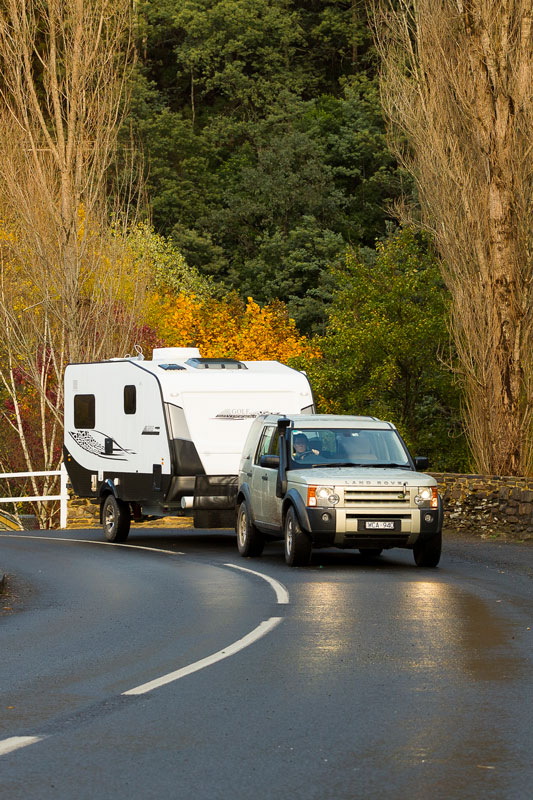12V Guru – how to charge the breakaway system battery?
Question to 12V Guru
My Breakaway System Breaksafe 6000 is charged during travelling, via car, but when trying to charge through external battery charger, it will not charge via the exposed positive/negative terminals.
I need to actually pull out the battery and charge it directly with the spade terminals on the battery using “alligator clips”.
This creates a bit of an issue as I can only connect my in-car breakaway battery monitoring system (as required in NSW) direct to the battery terminals as well. I am using the RF “Hummingbird” wireless for this, which works really well.
Does the fuse on the Breaksafe restrict charging direct or is there a broader issue?
Jeff Heyden, Bateau Bay, NSW
12V Guru answers:
Hi Jeff,
Thanks for your question as this is an extremely important topic, especially as we see heaps of commentary around safety of vans. But to be honest I wonder how much of this knowledge and “preaching” transfers across to all our RVers out there travelling this great country.
About 2 years ago, BMPRO undertook an extensive research project in QLD speaking with several hundred travelling caravaners about many issues but especially the safety aspects about their vans. What we found was a severe lack of understanding and respect for the safety standards that had been established or recommended from groups such as the Government Road Authorities, Caravanning Industry bodies, Manufacturers or just common sense. So happy for your question!
Charging Breakaway system from the car
There are a variety of Emergency Breakaway systems on the market and the Breaksafe certainly is installed on a large number of caravans – especially those over 2T as per the regulations.
Firstly, your question in regard to the charging from the car. Yes, if it is installed as per the manufacturers recommendations it is charging through the wiring from the trailer plug whilst the car is turned on. However, you need to be aware that it is only trickle charging. A trickle charge circuit normally will only charge at the rate of self-discharge of the actual battery. So, whilst you are travelling the battery should be getting sufficient trickle charge to keep the battery topped up.
However, if you have had your caravan in storage for 12 months and you begin preparation for your annual trip at Easter with the other half of Australia, unless the battery has been charged externally, you will probably discover it is not ready for the trip and will certainly not meet the legal regulations.
The battery within Breaksafe 6000 – standard NP7-12 (7Ahr – 12V) lead acid battery has a self-discharge of up to 3% per month meaning that after sitting dormant and not charged will have lost between 25-35% of its capacity over this period. This situation also applies to the house battery on board. The difference is that you are not relying on the house battery to make your vehicle legal and safe.
So, the lesson here is – PAY ATTENTION to your Breaksafe battery (and all the safety equipment on your caravan).
Other factors in charging the breakaway system
In regard to the fuse which is on the red cable internal above the battery – this will not make a difference to the charging but will in fact have various impacts if “blown” such as brake lights not functioning. We would recommend to check this 10Amp fuse when you check the battery status from time to time.
The fact that your system interacts with Breakaway in car system via Hummingbird does not matter as you would only have the charger connected whilst in storage. The RF connection may still try and communicate but it will draw limited current especially as your vehicle is probably not within range and also the ignition on the vehicle will be turned off meaning that the Breakaway in car monitor will not be active and looking for a signal.
Compatibility of the Breaksafe with smart chargers
The Breaksafe unit does not work with “Smart Chargers” (as per the instructions provided) as it is an older style technology. It does not “play nicely” with smart chargers which can be very complicated and sometimes too smart for their own good, but I guess that is where we move to as a society overall with technology. There is no going back – sometimes, unfortunately!
I would recommend that you run a couple of cables from the battery terminals into a simple 12V connector and then when you finish your adventure you simply connect a smart charger to keep the battery properly charged ready for the next trip.
The Breaksafe circuit and brakes would be isolated as long the Break-away switch is not activated (i.e. removed from housing). A smart charger will work fine on this battery type and it will be very difficult to source a more basic charger these days.
Safety is critical so any setup which can protect yours and other lives would be a good investment!
Like this Post? Share it!




